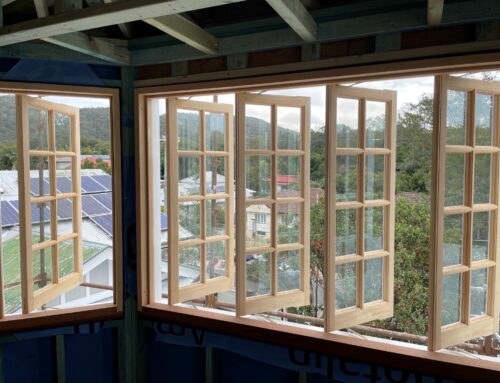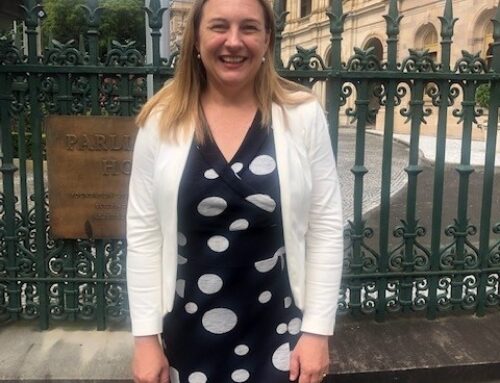I am still reeling from an amazing weekend at the Australian Open Finals. It had been on my tennis-obsessed husband’s bucket list for at least 25 years and we finally did it. Even though I can usually take it or leave it, I loved it almost as much as he did.
We saw the Men’s and Women’s Singles Finals, the Mixed Doubles and the Men’s Doubles. They were all exciting close contests. The venue was fantastic and, unlike every other sporting event I’ve ever been to, the staff was friendly and helpful despite the fact that tennis demands significant crowd control.
We also caught the end of the one game in which an Australian won a trophy – Dylan Alcott’s victory over America’s David Wagner in the Mens Quads. He was the favourite to win the event and, as the only Australian likely to win a championship, he had been the face of the Australian Open. His portrait was around the stadium and he had been on the ANZ ads for weeks before we saw him.

Like every other athlete we saw at the Open, Dylan was gracious and funny in victory. He thanked the relatively modest crowd in Rod Laver Arena for coming to watch him and for supporting his sport.
Clearly he is a very positive person and made no criticism of the event at all. I, however, could not hold back on my one criticism of the organisation of the tournament.
The reason we only saw the end of his game and did not see him again win in the doubles was because we could not find out when or where the games were on. The schedule told us that “wheelchair tennis” would be on Saturday but did not say which of the stadiums, arenas and outside courts would host it, where the quads and the singles were being played or even whether they would be before or after the junior’s finals. The website did not assist us and the App actually told us that there were no other wheelchair events on Sunday when, as it turns out, the doubles were being played (Australia won again we found out afterwards).
Having represented many people struggling to adapt to life after a catastrophic injury, it gave me goosebumps to see a child in a wheelchair leaving the Arena holding an Australian flag, a tennis racket and a massive smile. I am glad that he at least was able to find the event!
Wheelchair tennis is a competitive and athletic sport. People want to watch it but we cannot do it without proper promotion or even scheduling.
If you agree with me, I encourage you to give your feedback to the Australian Open organisers as I have done here https://ausopen.com/contact-us
Hopefully next year’s tournament will put wheelchair tennis front and centre and then it will get a five star rating from me.


![Medical Records and Claims for Personal Injuries – Maher v Russell [2022] ACTSC 297](https://karelawyers.com.au/wp-content/uploads/2023/02/files.jpg)



